Presented as a world premiere last month at GIFF 2023, in the international immersive experience competition, BLOOM is a deeply spiritual journey that invites the user to contemplate life and recognise the forms in which it manifests itself in the world around us.
Created by Fabienne Giezendanner, Igor Carteret and Marcel Barelli and directed by Fabienne Giezendanner with Franck van Leeuwenostruita, BLOOM is a VR experience that asks the user to stop and savour the virtual world around them, described with a visual delicacy that fits perfectly with the ecological theme it intends to present and allows the invisible communications that take place around us to appear before our eyes in all their beauty.
The role of memories, art and nature at the heart of BLOOM
FABIENNE GIEZENDANNER – Having grown up in Ornans, in a heavily wooded valley in the Doubs department, I felt the need to return there very often after my father died. My childhood memories and impressions came flooding back, including those of walks in the forest and the trees that were my first playground. The painter Gustave Courbet, who came from this area, also influenced my childhood; one of my ancestors had learnt painting from him, and the walls of our house were covered with canvases of landscapes in Courbet’s style. Gustave Courbet also expressed the vital force of trees magnificently, with his numerous undergrowth and the famous The Oak of Flagey. So it was only natural that Gustave Courbet should be the starting point for our graphic research, and in BLOOM we also find the animals he often painted: deer, fawns, foxes, trout…
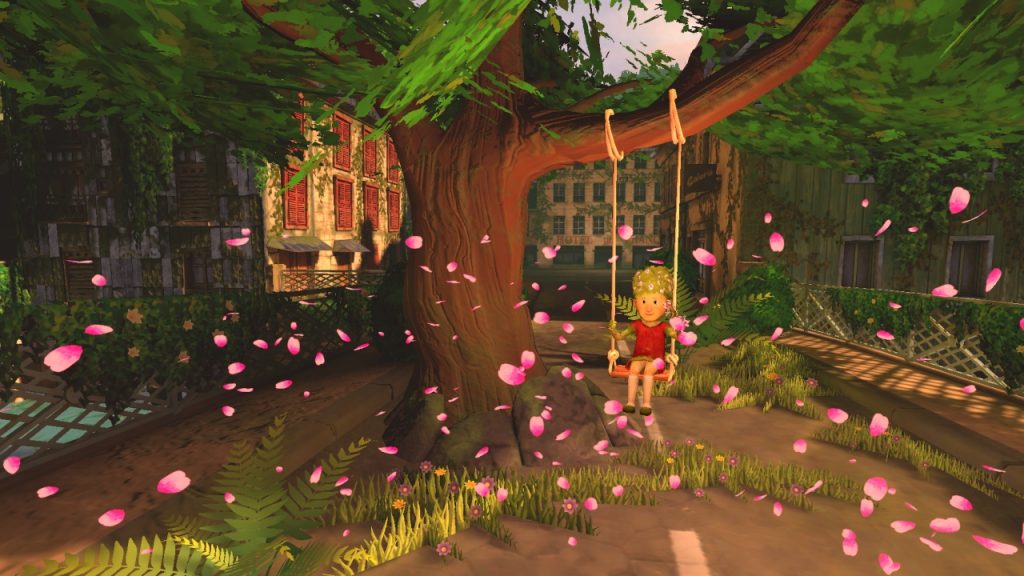
As the idea of a project on trees was taking shape, I met Ernst Zürcher, described as the man who listens to the heartbeat of trees. An atypical researcher, this forestry engineer blends science and spirituality to unravel the mysterious links between trees and humans. He is the author of the fascinating book Les Arbres, entre visible et invisible. S’étonner, comprendre, agir (Actes Sud), from which I drew inspiration for this project – Ernst Zürcher was also the project’s scientific advisor.
As he so aptly describes, trees remember traumas (disease and drought, various attacks) and anticipate them, helping each other in the event of aggression. Their ways of communicating are astonishing:
– Through their roots: they have developed thousands of kilometres of micro-roots, creating a kind of forest internet.
– Through acoustic and electromagnetic vibrations close to Schumann resonance, imperceptible to our ears.
Since they share the same vibrational frequencies with the flora and fauna that gravitate around them throughout the seasons, they can communicate with them. The question then occurred to me: if trees can communicate with each other and with the flora and fauna around them, can they communicate with us humans, and vice versa?
That’s how I came up with the idea of getting an audience to converse with the trees in a virtual forest.
All these layers – death, childhood, Courbet and the dialogue with the oak tree – intertwine and are perceptible in the experience. But it was the story of resilience after death and the anchorage to a strong forest territory that guided me
–
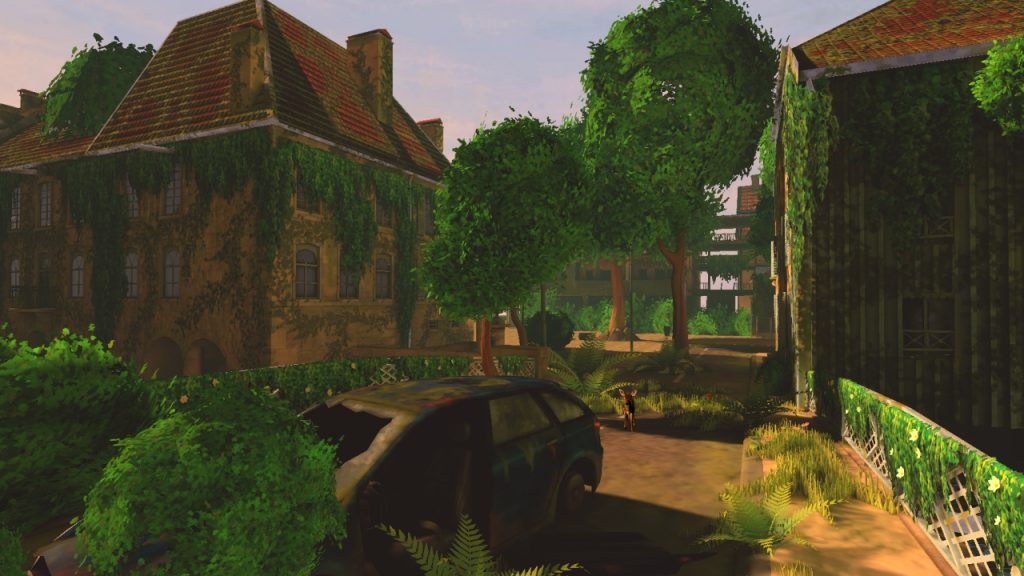
On the multiple levels of a story that puts nature and our connection with it at the centre
F. G. – BLOOM was conceived as a journey of initiation: we start from chaos to rebirth: BLOOM into a new life! (BLOOM slogan)
The story of BLOOM tells us how, after a major drought (unfortunately a current event this summer) and a fire, we have no choice but to take refuge in a forest to survive. It also tells us of how an oak tree adopts us into its community and gradually transforms us into a tree.
Coincidentally, a film that is doing well called Règne animal has just been released in France: in it, humans are transformed into animals and return to animal life. Well, BLOOM is almost the same story, but it could have been called Règne végétal.
In the work I produce, I like to place humans on the same level as animals and nature, never above them, as is the case in BLOOM.
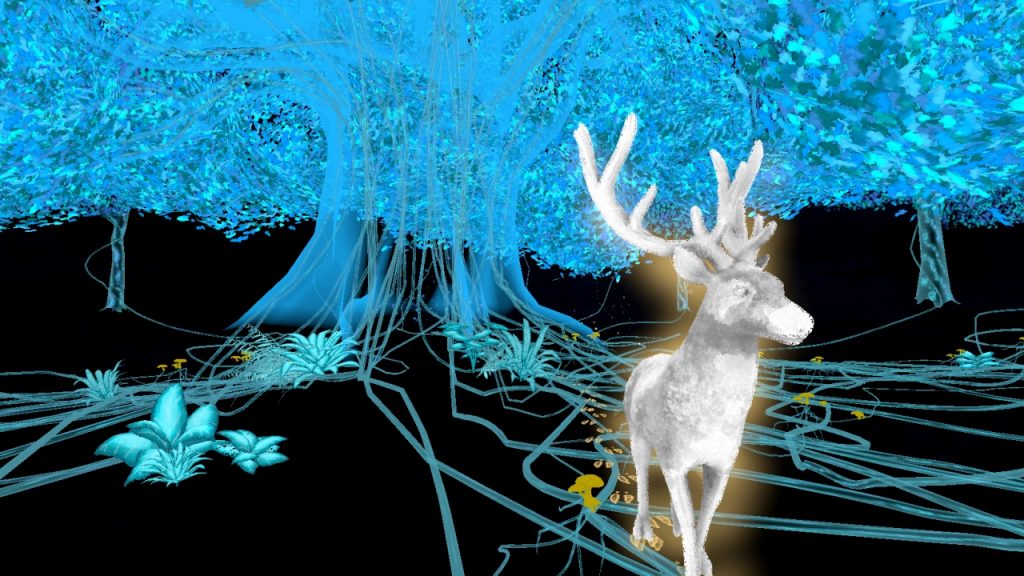
In this piece I use graphics and sound to reveal the invisible dialogue between trees in a heatwave stress situation. Underlying this is an ecological message about the importance of preserving and reconnecting with forests, and encouraging people to rediscover and respect forests, which are essential to the survival of our planet.
On a more intimate level, the places in BLOOM are those of my childhood: the bridge on which part of the experience takes place is the one I used to go to school; the forest where the oak tree is located and where we meet the deer takes place in the Ravin du Puits noir, which exists for real, otherwise known as the painters’ salon because Courbet often painted it. The stream that runs through it is called the Brême, which was one of my favourite streams when I was a child; my grandfather used to fish for trout there.
All these layers – death, childhood, Courbet and the dialogue with the oak tree – intertwine and are perceptible in the experience, although I didn’t want to show them explicitly. But it was the story of resilience after death and the anchorage to a strong forest territory that guided me.
To show what is invisible to the eyes and imperceptible to the ears
F. G. – I like to show and tell the invisible.
To express the invisibility of the dialogue with the oak, I created a highly sensory language in which the spectator interacts with coloured lights and sounds. At the start of the project, I had even planned an olfactory scenario, which I didn’t keep because it was too complex to put in place.
Graphically, with Igor Carteret and Franck Van Leeuwen, we came up with a granular graphic rendering. It turns out that Gustave Courbet’s painting, when viewed close-up, is teeming with tiny dots, so we found an alternative way of expressing the energy of nature through these tiny dots. Benjamin Foudral, curator of the Musée Courbet, sent us high-definition images of the painting and we extracted samples that we used to create the textures. But I didn’t set out to do a Courbet like piece. His work was mostly an inspiration, a starting point.

While the principle of the work is to show the invisible, it was also a question of making the inaudible be heard!
Schumann’s frequencies were the basis of the sound creation. Trees communicate with each other and with the earth and moon via low frequencies called Schumann frequencies, which pulse at 7.8 Hz. As such, it is inaudible (the ear does not perceive sounds below 20Hz), but it is on this frequency and its harmonics – or sub-harmonics – that Jean-Christophe Cheneval, the composer, has calibrated the various oscillators of the electronic instruments, used in particular for the sound design of BLOOM.
For the acoustic instruments used in BLOOM – nyckelharpa, violin, organ, voice and a few virtual instruments – Jean-Christophe opted for a pitch of A 432Hz, the frequency closest to that of Schumann. It is also the resonant frequency of water, an element very much present in the piece.
The Proteus Effect and crossing borders between realities
F. G. – The first immersive experience that made an impression on me was Notes on Blindness, where we play the role of an adult who becomes blind. Embodying is very important to me because I find that the emotions are multiplied tenfold. In my creations, such as Dreamin’ zone and BLOOM, not only do we interact with the environment through the character we play, but we also transform ourselves over the course of the experience. Our avatar evolves and the story becomes imprinted on our flesh.
I recently discovered the work of Anatole Lécuyer, a researcher at Inria in Rennes, on the Proteus Effect. He explains how a spectator adapts his attitude and behaviour according to the avatar they are playing: for example if they are playing Leonardo da Vinci, their creativity will increase tenfold, whereas if they are Einstein, they’ll be better at mathematics. This phenomenon can last for a few minutes, a few hours or even longer after they have left the experiment.

When you have a headset on, the frontal emotional zone of your brain works, but so does the survival zone, which is further back in the brain. For me, coming from animation, this is new. So, as an artist I took advantage of this by creating dreamlike journeys in which I help the viewer to evolve, mainly as a result of chaos or risk-taking, like the little girl in Dreamin’ Zone who disobeys and ventures into the Demilitarised Zone to find her father.
I really enjoy working on border crossings. One that interests me is that between life and death. In Dreamin’ Zone we cross the borders between childhood and adulthood, between obedience and disobedience, from South to North Korea. In BLOOM it’s the passage from human to vegetable, from death to life, from reality to dream. Because in my narrative, crossing borders is a way of changing our state and making us grow in the sense of becoming aware.
The biggest challenge we are facing is not to cut our audience off from reality, but to extend users’ emotions from the virtual to the real, to encourage them to look at the world around them with a fresh look
–
Distribution of BLOOM
F. G. – A stand-alone version is currently available for the Oculus 2 and 3 headsets. Completed in November 2023, the piece is just beginning its festival run, with a 1st selection as part of the international competition at GIFF 2023. It is distributed by Diversion Cinéma.
Another version is in the pipeline, but this time the story will be collaborative and adapted for the VRROOM platform. This is one of the first times we’ll have an immersive narrative and collaborative fiction online. The story remains the same – the users’ journey from chaos to life – but it will unfold as a live performance. The set on the last stage will become the social room, where we’ll be able to organise events such as concerts and conferences.
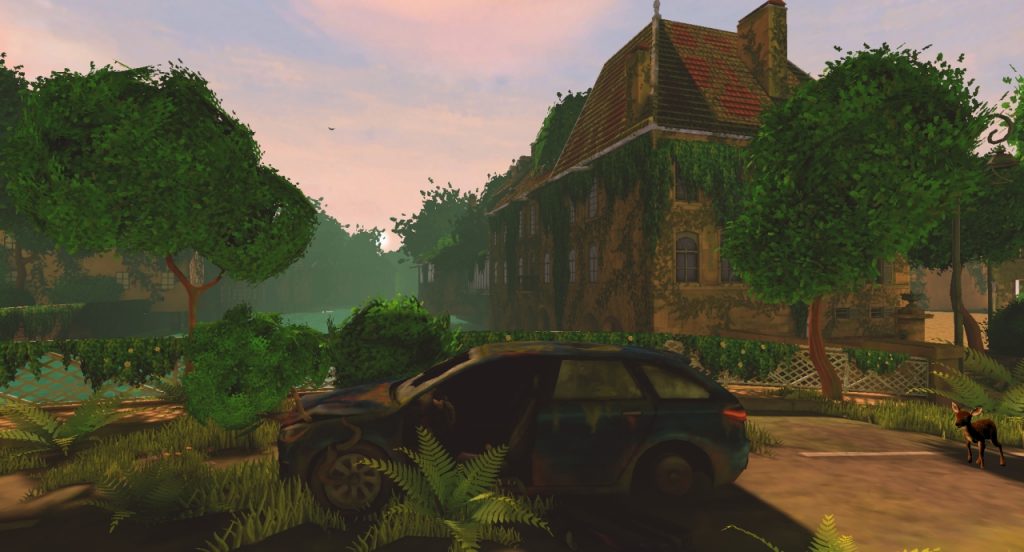
On the future of immersive technologies: bringing “virtual” emotions to the real world
F. G. – Immersive technologies make it possible to multiply emotions tenfold, to reveal the invisible and to look (in my case) at reality in a poetic way, once the headset has been removed.
I hope that devices will become lighter in the near future and that interactions will become increasingly natural and precise, and that VR will become more popular.
In Dreamin’ Zone, with little use of AI, we created small, shy characters that would stop moving if the user moved too quickly. Today, I’d like to take AI a step further by creating fiction with characters programmed to adapt very precisely to the user’s behaviour, creating a real mirror effect with them, and even raising awareness.
The biggest challenge we are facing is not to cut our audience off from reality, but to extend users’ emotions from the virtual to the real, to encourage them to look at the world around them with a fresh look, and if possible, to encourage them to take concrete action to tackle a crisis, such as the climate crisis. There’s something of that dream in BLOOM.
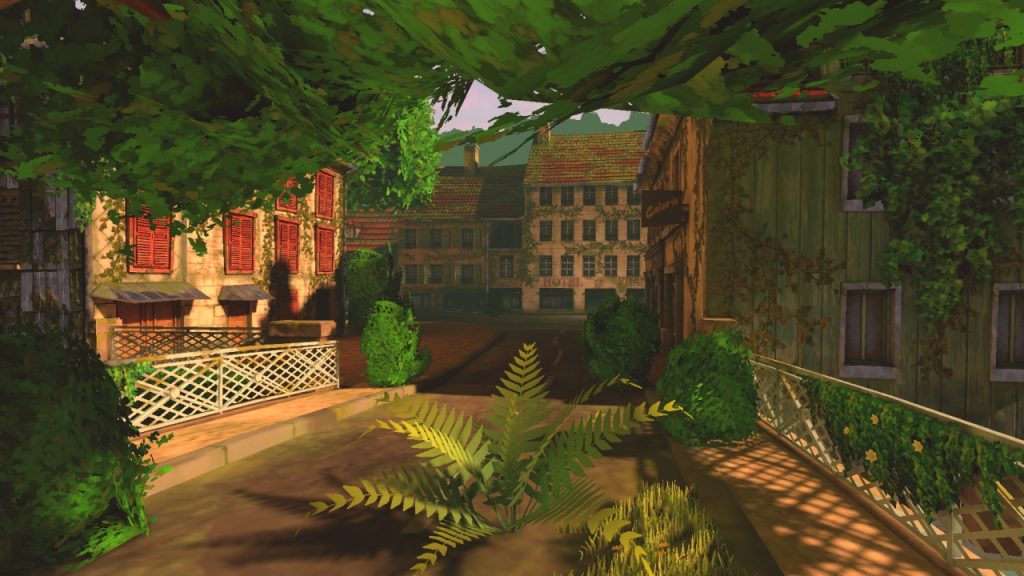
BLOOM is a work directed by Fabienne Giezendanner and Franck Van Leeuwen. You can find more information on Unifrance’s page on the project. Stay tuned for updates on the multiuser version!



Leave a Reply
You must be logged in to post a comment.